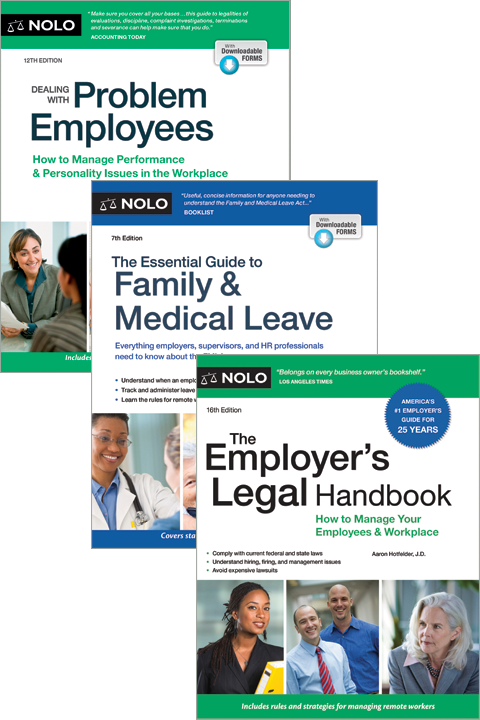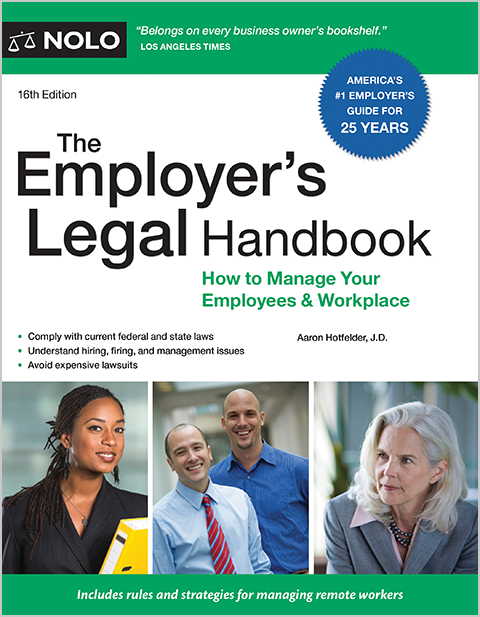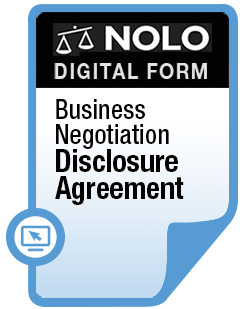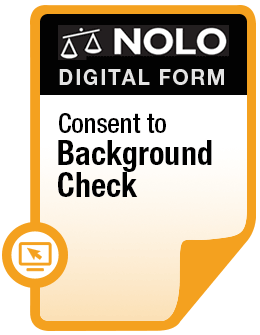California's paid family leave pays employees at least 70% of their average weekly earnings, up to a maximum set by state law.
Welcoming a new baby or caring for a sick loved one can be overwhelming—especially if you're worried about missing a paycheck. California's Paid Family Leave (PFL) program helps by providing cash benefits when employees need time away from work to focus on their families.
California was the first state in the country to pass a paid family leave law. Funded through payroll deductions, it built on existing federal law that provided for unpaid time off for medical or family reasons.
Here's what you need to know about paid family leave in California, from eligibility to benefit amounts.
Who Qualifies for Paid Family Leave in California?
To qualify for benefits, you must meet California paid family leave eligibility requirements, including earning at least $300 in wages during the 12-month base period before filing a claim. These wages must have been subject to withholdings for the state's disability insurance program (called "CASDI" on your paycheck stub) to count toward eligibility.
But there's no requirement that you have to work for an employer of a certain size. And you can qualify if you're unemployed and looking for work, especially if you quit or lost your job because you needed time off to take care of a family member. Because these requirements are relatively easy to meet, most workers in California are eligible for paid family leave.
Is FMLA Paid in California?
Some leave taken under the federal Family and Medical Leave Act (FMLA) qualifies for PFL benefits, but not all time off for FMLA is paid in California—even for qualified employees. To get PFL benefits, your leave must be for one of the following covered reasons:
- to take care of a spouse, registered domestic partner, parent, child, grandparent, grandchild, sibling, or parent-in-law with a serious illness. or
- to bond with a new child who arrives by birth, adoption, or placement through the foster care system.
Paid family leave isn't available for employees taking leave for their own illnesses. But for short-term disabilities—including pregnancy and other medical conditions—the employee might qualify to collect California's state short-term disability (SDI) benefits.
What Else Affects PFL Eligibility in California?
Contract employees are sometimes eligible for PFL benefits—depending on whether they or their employer paid into the state disability insurance fund. If you're a contract employee, the California Employment Development Department (EDD) recommends you apply for PFL benefits and let the department decide your eligibility.
School employees can qualify for PFL during the school year, but they're ineligible for benefits during school breaks (when they're already off work). The only exception is for those who usually work another job during the break (like a summer job) and need to take leave from that job for a qualifying reason.
You don't have to be a California resident to qualify for PFL, as long as your job is based in California and you paid into the state disability insurance fund. Citizenship and immigration status also don't affect eligibility for California paid family leave benefits.
How Much Does Paid Family Leave Pay in California?
The California paid family leave program provides partial wage replacement to covered workers for a limited amount of time. You'll receive 70-90% of your average weekly earnings, up to a maximum set by state law. In 2025, the maximum weekly benefit is $1,681.
California pays Paid Family Leave (PFL) benefits for up to 8 weeks in a 12-month period, starting on your first day off work. A new law that took effect on January 1, 2025, ended the waiting period, allowing you to collect benefits for your first week off. The new law also stopped employers from requiring you to use paid time off, vacation days, or sick leave before PFL kicks in. Just keep in mind that you can't collect PFL for any weeks you choose to receive vacation pay. (22 Cal. Code Regs. § 3303.1(c)-1.)
How Do I Apply for California PFL Benefits?
You can apply for California's paid family leave by completing a claim form provided by your employer or through the California Employment Development Department's online filing system. The EDD recommends filing online for the quickest processing. To get started, check out the EDD's step-by-step guide on how to file a claim online.
If you're taking leave to care for a sick family member, you'll need to get a certification from your family member's health care provider. California will accept certification from any of the following:
- a licensed physician (MD or DO)
- a chiropractor
- a podiatrist
- an optometrist
- a dentist
- a psychologist
- a nurse practitioner or physician assistant
- an authorized medical officer of a U.S. Government facility
- a licensed midwife, nurse-midwife, or nurse practitioner for pregnancy and childbirth-related conditions, or
- an accredited religious practitioner.
When you submit your claim to the EDD online, you'll receive a form receipt number. The doctor will need this receipt number to submit a certification in support of your claim.
If you're a new mother moving from a disability-related pregnancy claim, you'll need to submit the Claim for Paid Family Leave (PFL) Benefits – New Mother (DE 2501FP), which will appear in your MyEDD inbox when your DI claim ends. Other parents can file their claim by providing proof of the child's birth, adoption, or foster care placement.
You must file your application within 41 days after your leave begins. You can't file before your leave starts, but filing late could cause you to lose benefits. Filing your claim as soon as your leave starts can help you avoid this issue.
Is My Job Protected While I'm on Paid Family Leave?
The paid family leave program gives most California employees the right to collect benefits, but it doesn't provide job protection. So, while you can collect cash benefits from the state, PFL itself doesn't require your employer to give you time off or protect your job while you're away.
But other state and federal laws might protect your right to take leave and get your job back when your leave is over. For example, the federal Family and Medical Leave Act (FMLA) requires employers with 50 or more employees to provide up to 12 weeks of unpaid family leave to eligible employees.
The California Family Rights Act (CFRA) requires employers with 5 or more employees to provide up to 12 weeks of unpaid family leave to care for a family member or bond with a new child. And California's pregnancy disability leave law also requires employers with 5 or more employees to provide protected time off for a pregnancy-related disability (although not for bonding leave).
Learn more about the laws that protect your right to family and medical leave in California.
Does My City Provide Additional Rights?
More cities and states are considering passing paid family leave laws. Your city's laws might provide additional rights.
For example, San Francisco's Paid Parental Leave Ordinance requires employers with 20 or more employees to provide a supplement to the state PFL benefits for workers taking time off to bond with a new child—after birth, adoption, or foster placement. This ensures employees receive 100% of their regular wages for up to eight weeks (subject to a cap).
Learn more about other family and medical leave laws in other states.



